As technology advances, studio gear gets more and more accessible to the average basement recording engineer. In the last decade or so, recording your own music has not only gotten easier, it’s become a skill that must be learned by nearly every artist if they want to survive financially while making a living out of creating music. This is where Universal Audio’s line of instrument microphones come in.

The Universal Audio SD-3, SD-5, and SD-7 round out a lineup of professional dynamic microphones that utilize the potent UAD Hemisphere modeling software. This means each microphone features tone models from some of the best sounding, most legendary microphones ever crafted.
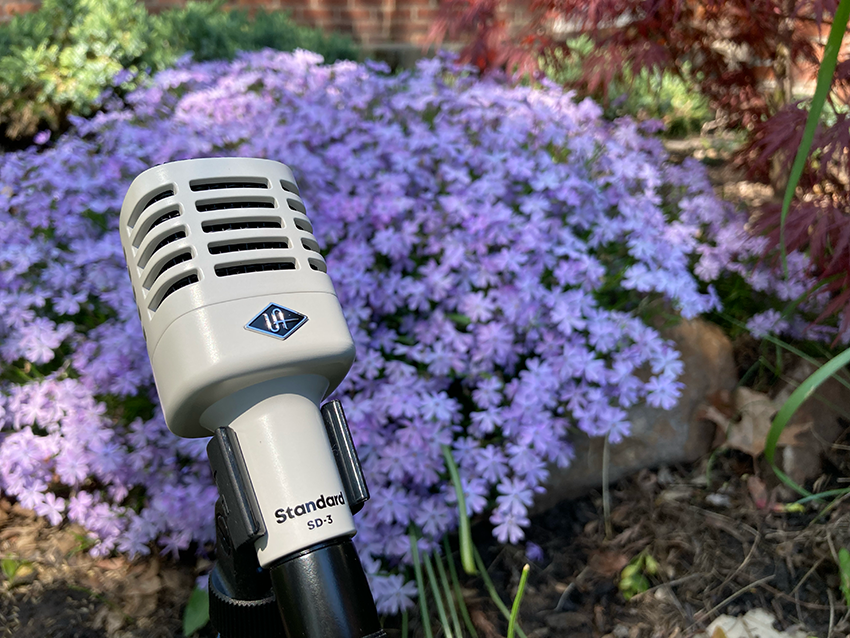
The Drum Line
Though each of the three Standard Series dynamic microphones listed above can track many instruments or vocals, today in studio we’ll be tracking drums only. Starting with the SD-3, these compact mics boast a small footprint with a massive 40Hz – 15kHz frequency range. This frequency range gives the SD-3 five modeling options to choose from. Today we’re using an SD-3 on the rack tom and the snare bottom head.
The SD-5 offers a supercardioid polar pattern and a frequency range from 20Hz – 15kHz, making it the go-to for kick drum. Hemisphere offers 5 models ideal for the SD-5, including the “DN-Sub” microphone or subkick. You can really hear the low frequencies shine with the DN-Sub.
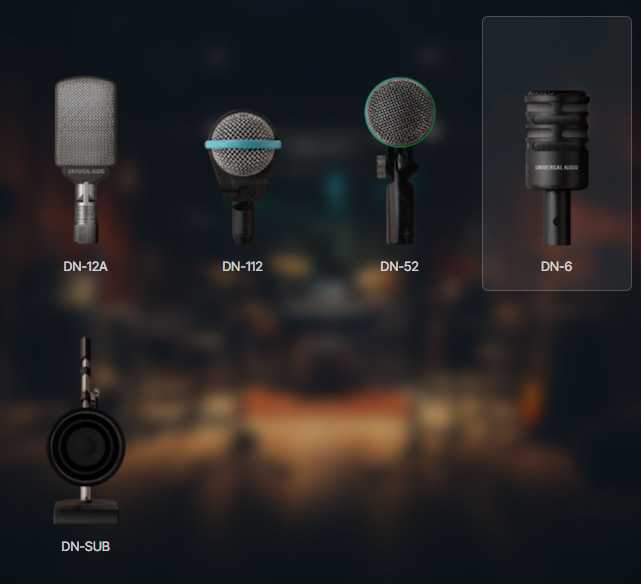
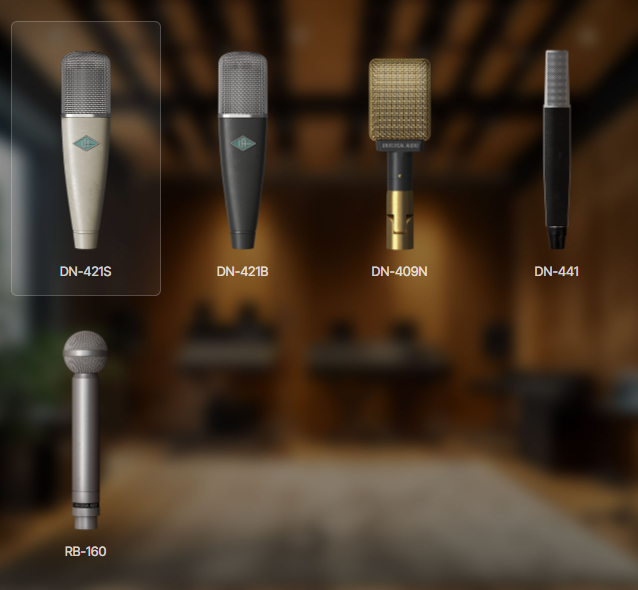
The SD-7 features a hypercardioid polar pattern with a frequency range of 30Hz – 17kHz, along with 5 mic models to choose from. We’re using an SD-7 on the floor tom and snare top head today. Along with the SD lineup, we’re using a stereo pair of Universal Audio SP-1 pencil condenser modeling microphones that also use the Hemisphere modeling plug-in software for our drum overheads.
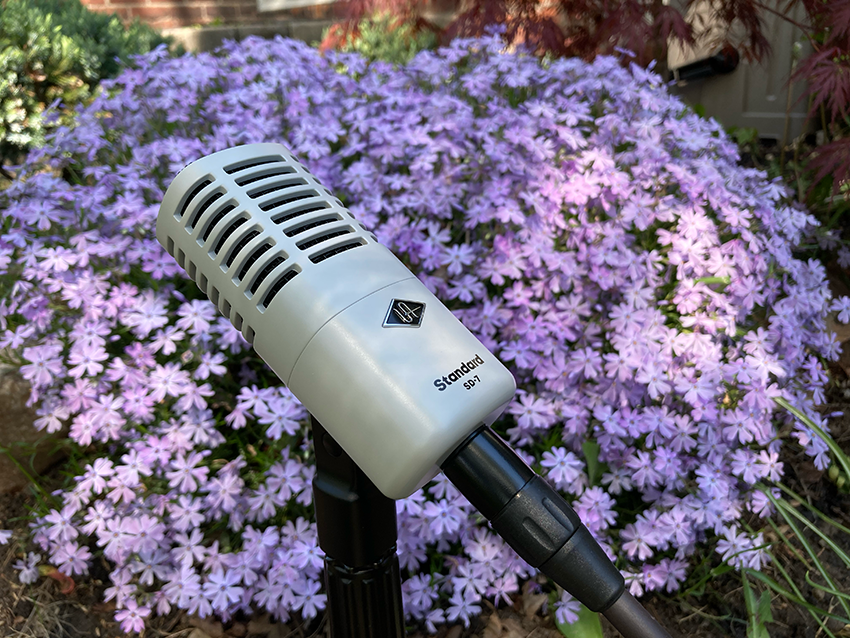
Related: Want a Big Drum Room Sound? These Three Tricks Will Save Your Mix!
Add these techniques into your repertoire and you’ll end each session with a ton more options and wider, bigger sounding drums! | Read »
Potent Secondary Adjustments and Possible Secret Settings
You’ve selected your mic model, got a great track to go off of and you’re set, right? Not exactly. Luckily, Universal Audio not only modeled a number of incredible microphones, they took the time to add individually adjustable parameters for each. It’s easy to look at the “Proximity” or “Axis” controls on your Hemisphere plug-in software and think these are global settings. But they aren’t.

Each modeled microphone features a unique adjustment for these parameters, including the filter controls. This was designed as such because in “real life” if you’re tracking using an Electro-Voice RE-20, you wouldn’t use the same settings as if you were tracking with your trusty Shure SM-57. They’re fundamentally different experiences, and Universal Audio treated each model as such, just like an engineer in-studio would.
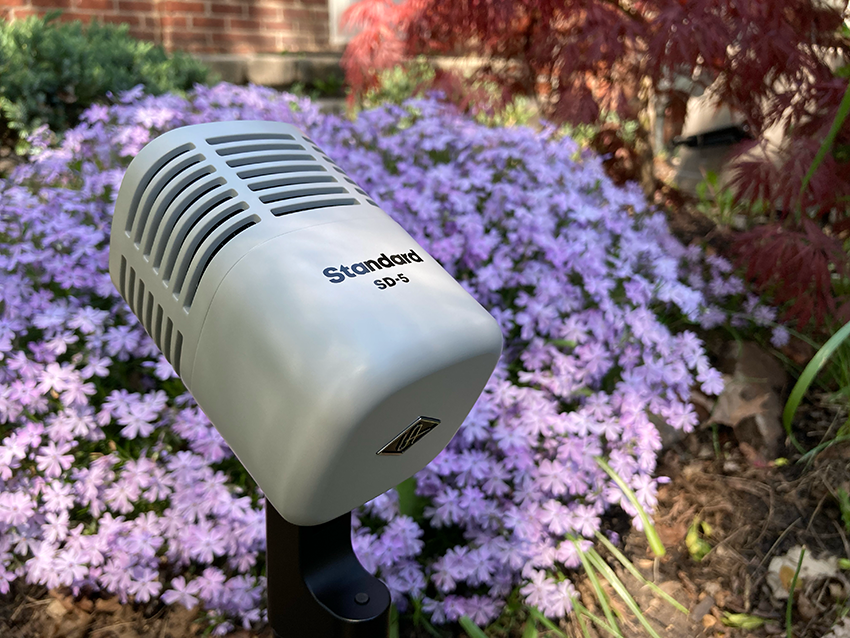
For example, filtering a kick mic can have massive implications to your overall mix when choosing frequencies to cut or boost. Using the filter in Hemisphere on the SD-5 mic cuts out a fair amount of bleed from our kick drum track that has been muddying up the mix. You can clearly hear when this filter is off and then when “Filter 2” is selected through Hemisphere. Even when you plan on adding compression and EQ plug-ins, this option in Hemisphere is a huge first step in achieving a great mix.
This extra bit of love that Universal Audio gave Hemisphere leads to real world applications for the everyday recording engineer. Let’s say you’re tracking a bass drum inside from the sound port on the resonant head with the Universal Audio SD-5. You only have the single kick mic but want to add a little bit of extra “oomph” to your kit sound. With Hemisphere, it’s as easy as duplicating the track, slapping on a different mic model, and adjusting your additional parameters to your liking. Just with that, you’ve got a completely different miking experience already recorded. There’s no need to bring in an artificial sample, or worse have the drummer re-track. You’re done.
The Universal Audio Standard SD microphone line is a shortcut to a full mic locker. With the power of Hemisphere modeling, you’re in control of some legendary microphone tones without breaking the bank. These microphones would no doubt benefit an up-and-coming producer looking to legitimize their sound by reaching into the past with UAD mic models. For seasoned professionals a quick and easy way to check tones on-the-fly without re-recording, re-amping, or even opening the mic locker at all.

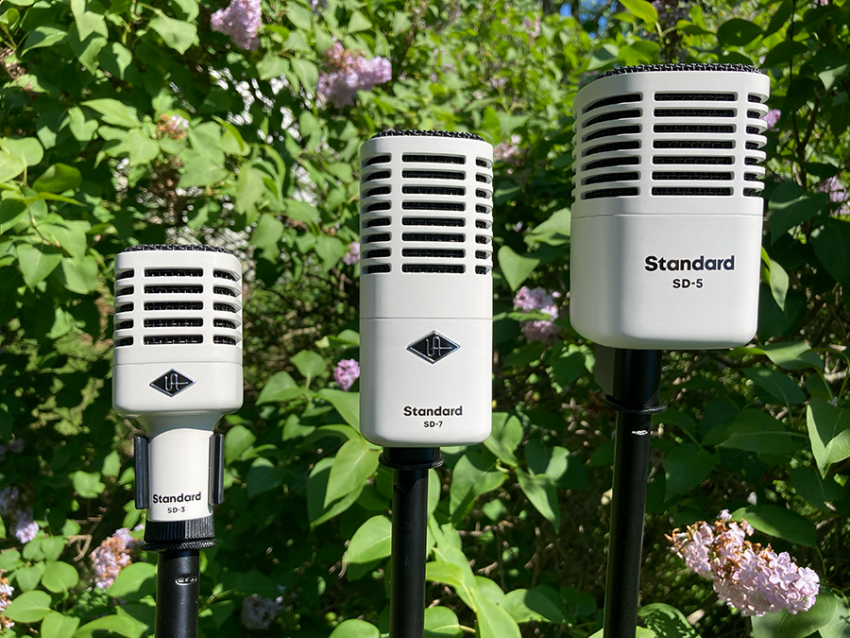
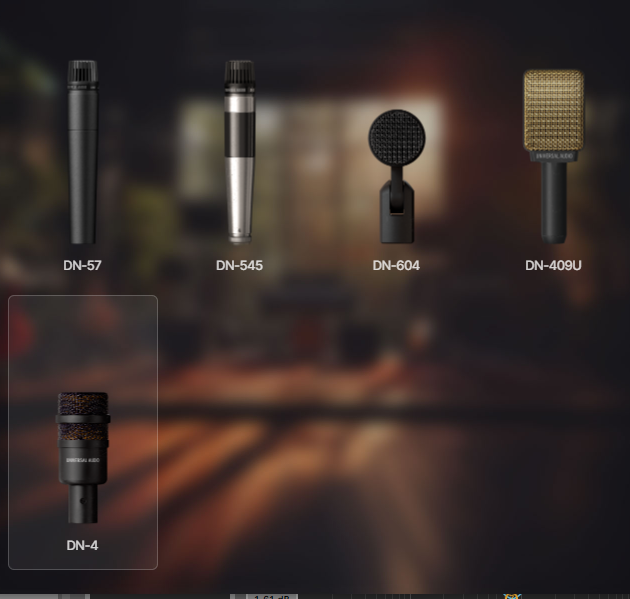
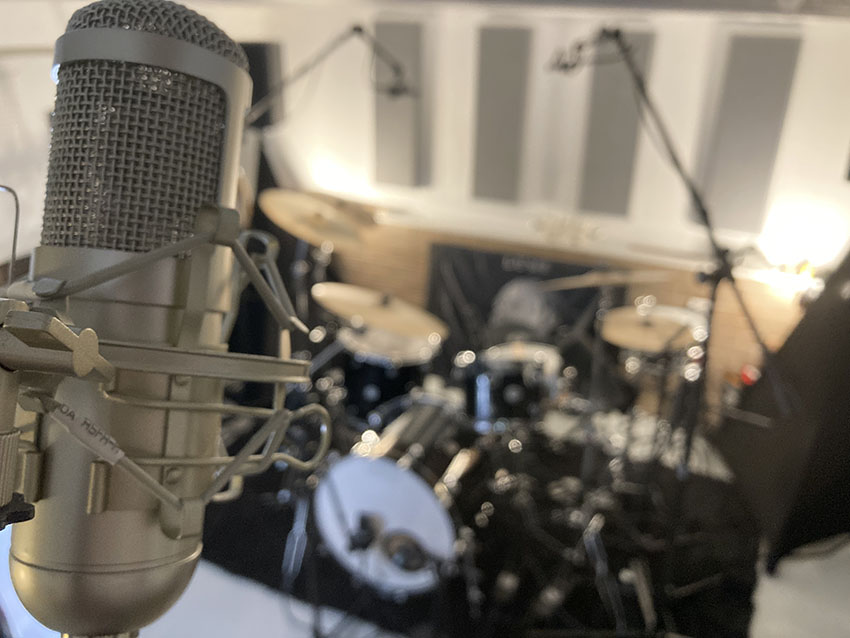


Leave a Reply